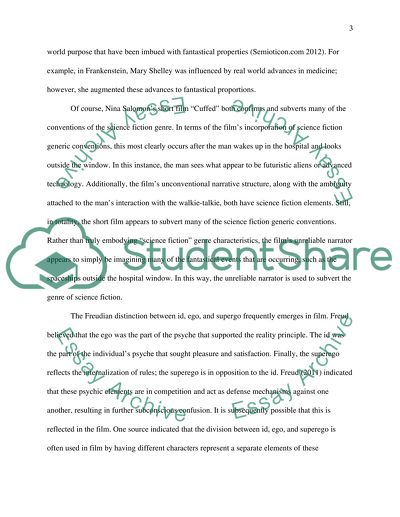Cite this document
(“Cuffed: Psychological And Genre Analysis Essay Example | Topics and Well Written Essays - 1250 words”, n.d.)
Retrieved from https://studentshare.org/visual-arts-film-studies/1480603-cuffed-psychological-and-genre-analysis
Retrieved from https://studentshare.org/visual-arts-film-studies/1480603-cuffed-psychological-and-genre-analysis
(Cuffed: Psychological And Genre Analysis Essay Example | Topics and Well Written Essays - 1250 Words)
https://studentshare.org/visual-arts-film-studies/1480603-cuffed-psychological-and-genre-analysis.
https://studentshare.org/visual-arts-film-studies/1480603-cuffed-psychological-and-genre-analysis.
“Cuffed: Psychological And Genre Analysis Essay Example | Topics and Well Written Essays - 1250 Words”, n.d. https://studentshare.org/visual-arts-film-studies/1480603-cuffed-psychological-and-genre-analysis.


